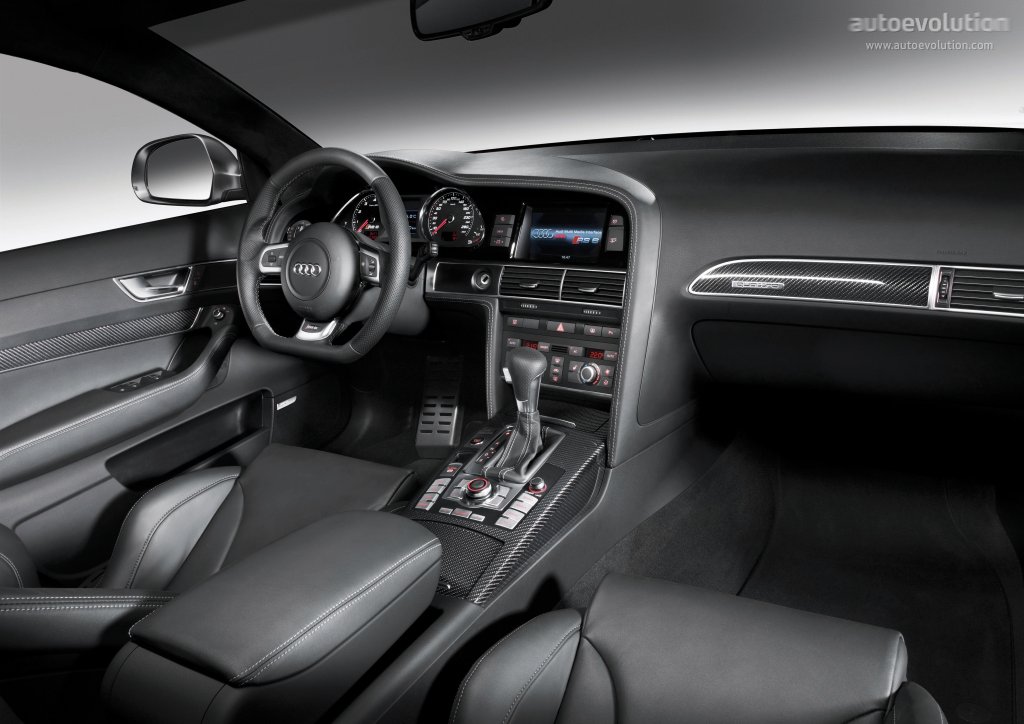Automatic gearbox: A Porsche 911 history
While 8-Speed Tiptronic S phonetically resonates sport and sophistication, the terminology does not intrinsically define the transmission. Let us begin with Tiptronic’s purpose and move towards the underlying mechanics. Porsche Cayenne Tiptronic: Delivering on Intentions. The 8-Speed Tiptronic S–while lowering fuel consumption–is designed.
- 997 Turbo - is a Tiptronic gearbox really that bad? Reply Prev of 2. 2 Next Reply Author. Original Poster. Wednesday 28th September 2016.
- Generally, the Tiptronic transmission technology allows drivers to override the automatic mode in automatics by moving the shift lever into the Tiptronic shift gate by which the gate is equipped with two spring-loaded positions, either the “upshift” or the “downshift”, which then letting the drivers to take over most of the gear.
- This is not a serviceable item, so replacing it is the only option. It is located underneath the car, at the driver's side of the gearbox. Clutch slip and RPM oscillations in 4th and 5th gear. When cruising on highway speeds in 4th or 5th gear, Audi cars with Tiptronic transmission can experience something similar to clutch slippage.
- Tiptronic Gearbox is a type of discrete automatic transmission developed by Porsche, and used in its vehicles, and those of its licensees.
Since its launch in 1963, the Porsche 911 has always been viewed as the archetypal sports car. Yet, in recent years, the rise of the automatic gearbox has threatened to take away the purity of Zuffenhausen’s finest creation, with around four PDK 991s sold for every manual neunelfer.
However, an alternative to the manual gearbox is not a modern Porsche 911 phenomenon. In 1967, Porsche released its four-speed Sportomatic transmission, providing enthusiasts with their first two-pedal 911.
While not strictly an automatic gearbox, the Sportomatic unit featured a vacuum-operated clutch, activated via a microswitch whenever the driver touched the gear lever. Along with a torque converter, Sportomatic 911 wouldn’t stall and could pull away in any gear.
Throughout the pre-impact bumper era, Sportomatic featured four forward gears (confusingly labelled L, D, D3 and D4) beforethe dawn of the torquier, 2.7-litre G Series cars in 1974 saw the Sportomatic transmission revised as a three-speed, remaining that way until its demise in 1980/81.
The Eighties saw the Porsche 911 offered exclusively as a manual-equipped sports car right up until the 964’s unveiling in 1989. The first major revision to neunelfer legacy, the 964 was offered with the new four-speed Tiptronic gearbox.
Created in collaboration with ZF, this was Porsche’s first true automatic gearbox with a complex computer system designed to recognise different driving styles and adapt the transmission’s shift patterns accordingly. To satisfy the ‘purists’, Porsche also added a ‘manual’ sequential mode.

In 1995, the Tiptronic S gearbox was introduced on the 993 generation, featuring steering wheel mounted buttons that could be used to control the transmission’s gear changes, while in 1998, a five-speed Tiptronic was debuted on the Porsche 996.
This gearbox would be offered until the end of the first-generation 997’s lifespan in 2008, when Porsche made the move to its PDK system (developed on the 956/962 racers during the Eighties).
Effectively two gearboxes within one casing, the PDK transmission has marked a massive step forward for fans of two-pedal 911s. If Porsche can keep making similarly huge steps for the development of its successor, the future of Zuffenhausen’s automatic gearbox is set to be as bright as its past.
Tiptronic Gearbox For Motorcycles

Tiptronic Gearbox Explained
For more historical online features, check out our full selection of ‘Porsche 911 history’ articles now.
